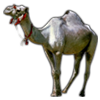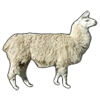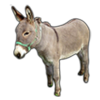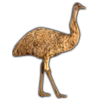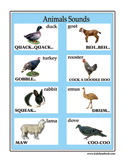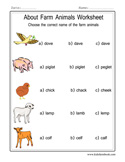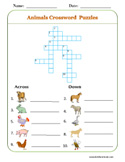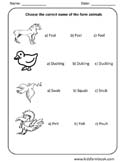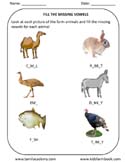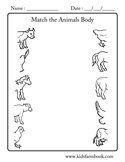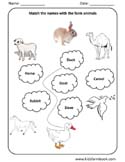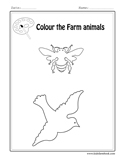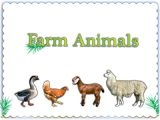DESCRIPTION:
Pigeons and doves constitute the bird family Columbidae within the order Columbiformes, which include some 300 species of near passerines. In general parlance the terms "dove" and "pigeon" are used somewhat interchangeably. In ornithological practice, there is a tendency for "dove" to be used for smaller species and "pigeon" for larger ones, but this is in no way consistently applied, and historically the common names for these birds involve a great deal of variation between the terms "dove" and "pigeon." This family occurs worldwide, but the greatest variety is in the Indomalaya and Australasia ecozones. Young doves and pigeons are called "squabs."
Pigeons and doves are stout-bodied birds with short necks, and have short slender bills with a fleshy cere. The species commonly referred to just as "pigeon" is the feral Rock Pigeon, common in many cities.
Doves and pigeons build relatively flimsy nests from sticks and other debris, which may be placed in trees, on ledges or on the ground, depending on species. They lay one or two eggs, and both parents care for the young, which leave the nest after 7 to 28 days. Doves feed on seeds, fruit and plants. Unlike most other birds (but see flamingo), the doves and pigeons produce "crop milk," which is secreted by a sloughing of fluid-filled cells from the lining of the crop. Both sexes produce this highly nutritious substance to feed to the young.
|

